In the bustling world of digital marketing, pay-per-click (PPC) advertising has emerged as one of the most effective ways to drive targeted website traffic. But what exactly is pay per click, and how can it benefit your business? In this blog post, we’ll explore the ins and outs of PPC advertising, its advantages, and how you can leverage it to boost your online presence.
Understanding Pay-Per-Click Advertising
Pay-per-click advertising is a model of Internet marketing where advertisers pay a fee each time one of their ads is clicked. Essentially, it’s a way of buying visits to your site rather than attempting to “earn” those visits organically. PPC ads can appear on search engines, social media platforms, and other websites.
The most common form of PPC is search engine advertising. Advertisers bid on keywords that they believe their target audience will search for, and when a user enters those keywords into the search engine, the ads may appear at the top of the search results.
How Does Pay-Per-Click Work?
Here’s a simplified breakdown of how a typical PPC campaign works:
- Keyword Research: The foundation of any PPC campaign is selecting the right keywords. These are the words and phrases that your potential customers are likely to use when searching for your products or services.
- Creating Ads: Once you have your keywords, you’ll create ads that are relevant and compelling. These ads will appear when someone searches for your chosen keywords.
- Bidding: PPC operates on a bidding system. You set a maximum bid, which is the highest amount you’re willing to pay for a click on your ad. The actual amount you pay per click is often lower and is determined through an auction process.
- Ad Placement: When a user enters a search query that matches your keywords, the search engine conducts an auction to determine which ads to display. Factors such as bid amount and ad quality score influence your ad’s placement.
- Clicks and Costs: When someone clicks on your ad, they are directed to your website, and you pay the search engine a small fee for that click. If your PPC campaign is well-optimized, the cost of the click is trivial compared to the potential value of the visitor.
Benefits of Pay-Per-Click Advertising
1. Immediate Results
Unlike organic search engine optimization (SEO), which can take months to show results, PPC advertising can drive traffic to your website almost instantly. As soon as your ads go live, they can start appearing in search results and attracting clicks.
2. Targeted Traffic
PPC allows you to target your ads to specific audiences based on keywords, demographics, location, and even the time of day. This ensures that your ads are seen by people who are most likely to be interested in your products or services.
3. Cost Control
With PPC, you have complete control over your budget. You can set a maximum daily or monthly budget, and you only pay when someone clicks on your ad. This makes PPC a cost-effective option for businesses of all sizes.
4. Measurable ROI
PPC campaigns are highly measurable, providing detailed analytics and insights. You can track metrics such as clicks, impressions, conversion rates, and return on investment (ROI). This data allows you to refine your campaigns for better performance.
5. Flexibility
PPC advertising offers a high degree of flexibility. You can easily adjust your keywords, ad copy, and bids to respond to market changes, seasonal trends, or new business goals. This adaptability ensures your campaigns remain effective over time.
Getting Started with Pay-Per-Click Advertising
If you’re new to PPC, here are a few steps to get you started:
Monitor and Adjust: Regularly review your campaign performance and make adjustments as needed. Test different ad variations, keywords, and bidding strategies to find what works best for your business.
Choose a Platform: Google Ads is the most popular PPC platform, but don’t overlook other options like Bing Ads and social media platforms such as Facebook, Instagram, and LinkedIn.
Set a Budget: Determine how much you’re willing to spend on your PPC campaigns. Start with a modest budget and scale up as you become more comfortable with the process.
Conduct Keyword Research: Use tools like Google Keyword Planner to find relevant keywords for your business. Look for keywords with a good balance of search volume and competition.
Create Compelling Ads: Write clear and engaging ad copy that highlights the benefits of your products or services. Include a strong call-to-action (CTA) to encourage clicks.
Optimize Landing Pages: Ensure that the landing pages your ads lead to are relevant, user-friendly, and optimized for conversions. A seamless user experience can significantly improve your PPC results.
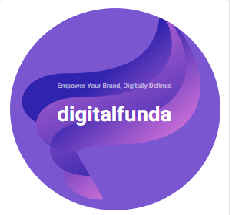
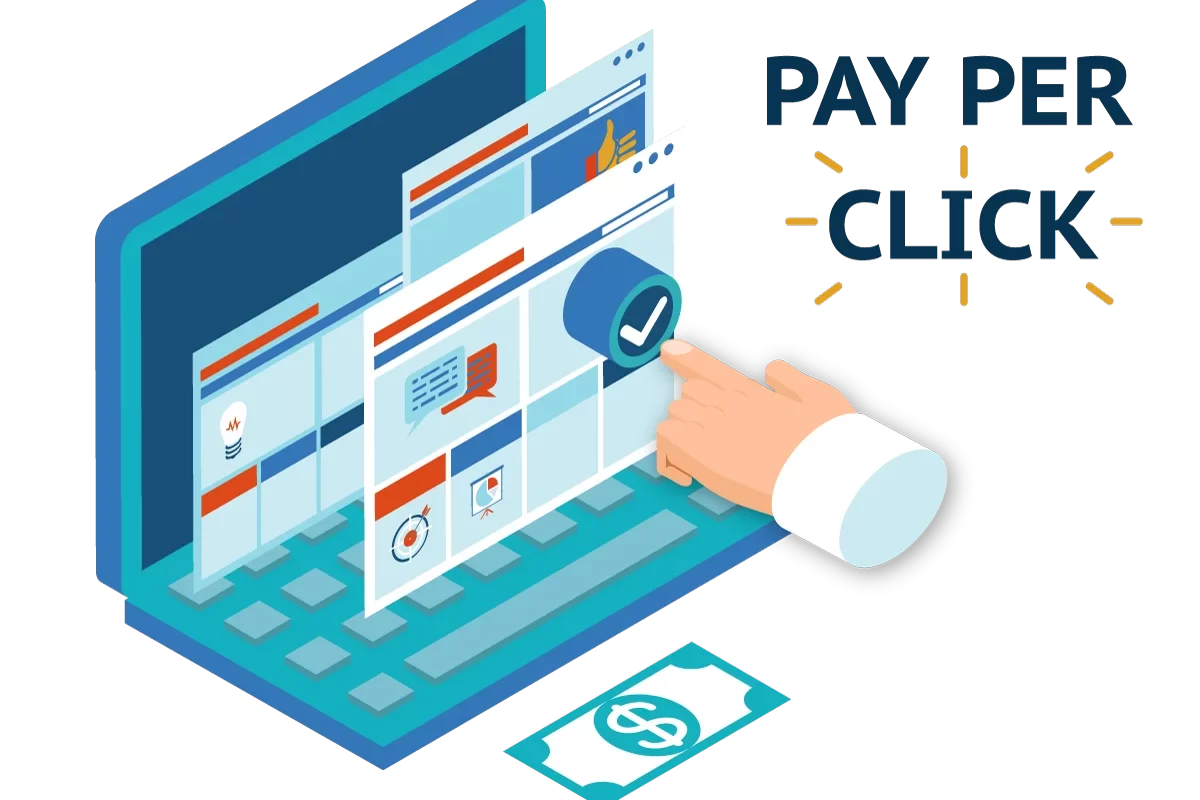
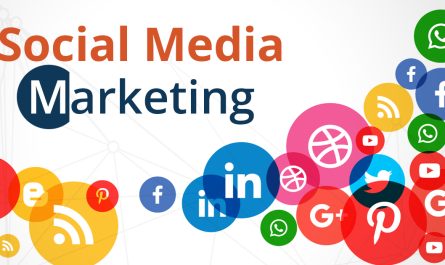
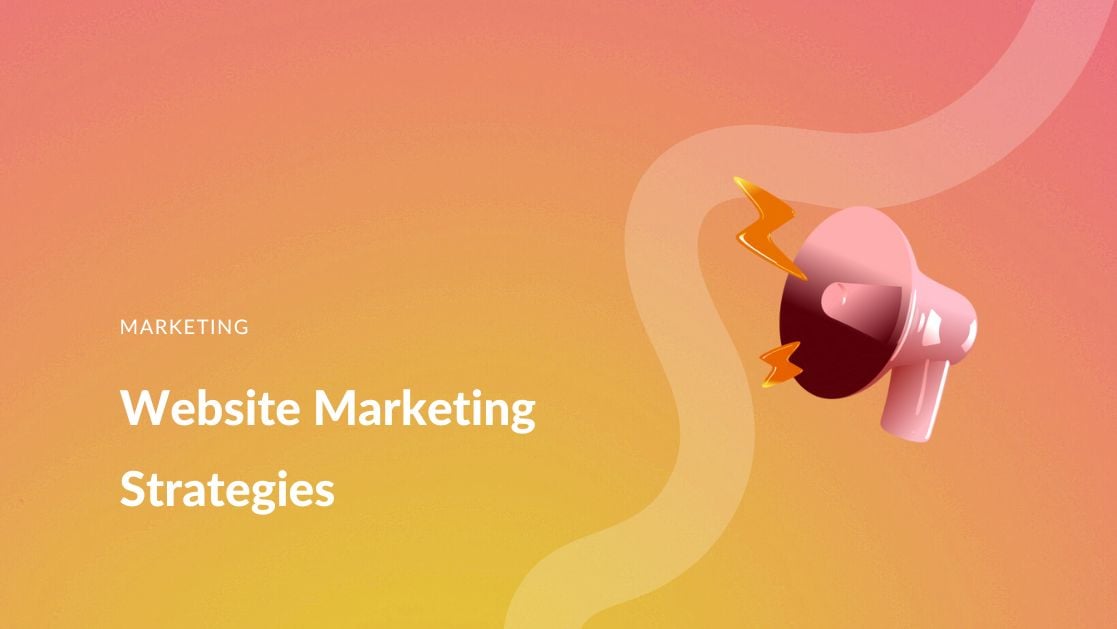
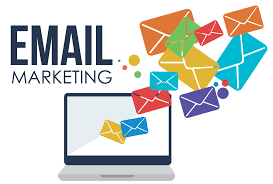
One thought on “What Is Pay Per Click Advertising”